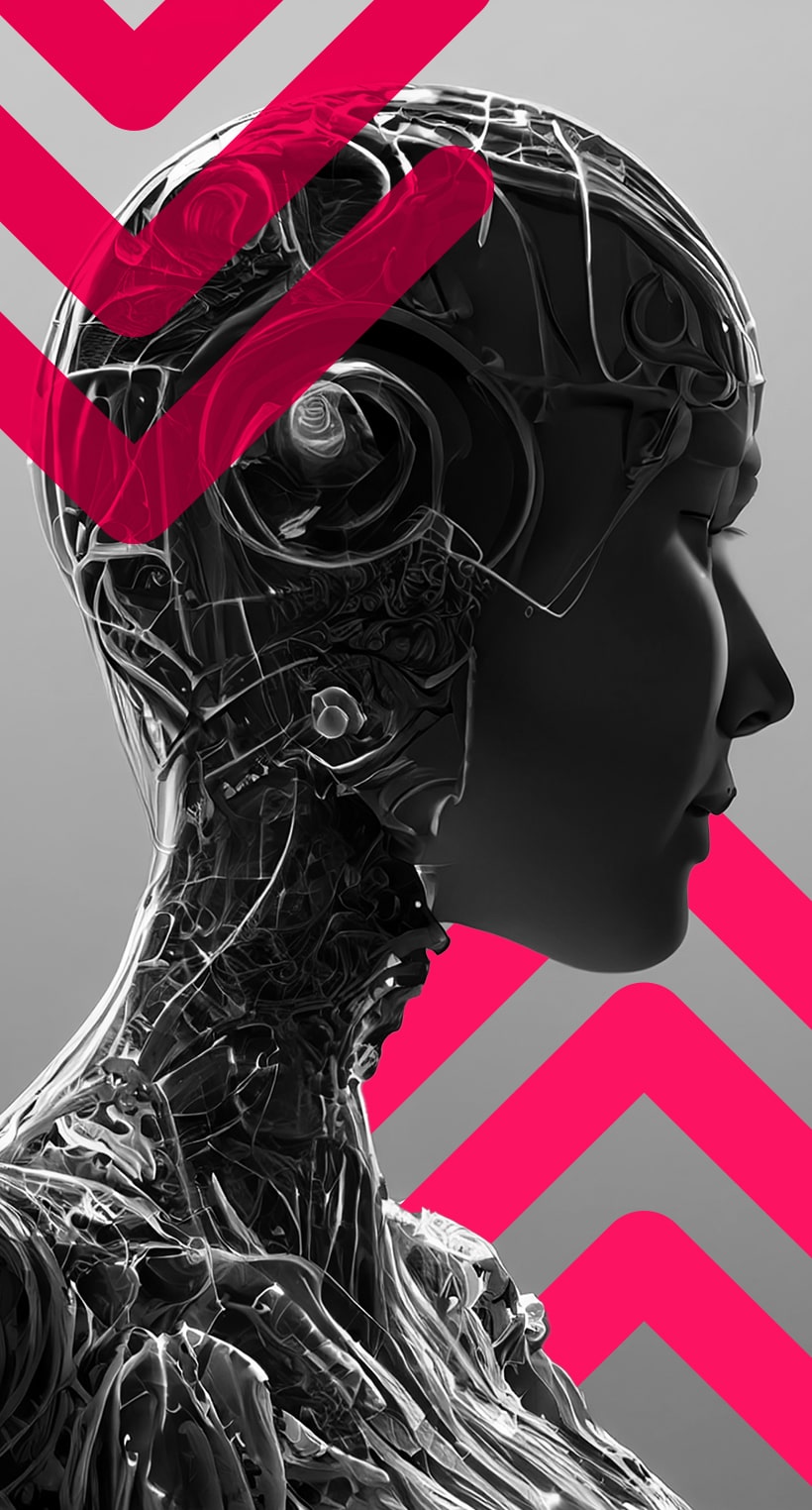Machine Learning is a subset of Artificial Intelligence (AI) that focuses on enabling machines to learn from data without being explicitly programmed. It’s a process where algorithms are built to learn and improve from experience automatically. Machine Learning algorithms analyse data, identify patterns, and make predictions or decisions based on the patterns they discover. Join us as we explore the essence of Machine Learning in this beginner-friendly guide.
How Machine Learning is different from AI
Artificial Intelligence involves the creation of intelligent machines. Within this broad concept, Machine Learning focuses on developing and implementing algorithms that allow machines to learn from data. In simpler terms, Machine Learning is a component of AI that allows machines to learn independently and make decisions without human involvement.
The Basics of Machine Learning: Supervised Learning, Unsupervised Learning, and Reinforcement Learning
There are different types of Machine Learning algorithms, and they can be broadly categorised into supervised learning, unsupervised learning, and reinforcement learning.
Supervised learning involves training a model using labelled data, where the input data is paired with the corresponding output. The model learns from these labelled examples and can then make predictions on new, unseen data.
Unsupervised learning, on the other hand, deals with unlabeled data. The algorithm learns patterns and relationships within the data without any predefined labels. It is useful for clustering similar data points or finding hidden patterns in large datasets.
Reinforcement learning is a type of Machine Learning where an agent learns to make decisions by interacting with an environment. The agent receives feedback in the form of rewards or penalties based on its actions, and it learns to maximise the rewards over time.
Algorithms used in Machine Learning
Numerous algorithms are used in Machine Learning, each with its own strengths and weaknesses. Some common algorithms include:
Linear Regression: This algorithm is used for predicting a continuous output variable based on one or more input variables. It assumes a linear relationship between the input and output variables.
Decision Trees: Decision trees are a popular algorithm that can be used for classification or regression tasks. Based on the input data, they create a tree-like model of decisions and their possible consequences.
Neural Networks: Neural networks are a powerful class of algorithms inspired by the structure and function of biological neural networks. They can learn complex patterns and have been successfully used in image recognition, natural language processing, and many other applications.
Training and Testing Data in Machine Learning
In Machine Learning, it’s essential to split the available data into training and testing sets. The training set is used to train the model, while the testing set is used to evaluate the performance of the trained model on unseen data.
The training data should be representative of the problem at hand and should cover a wide range of scenarios. It’s important to ensure that the model does not overfit the training data, which means it should not memorise the training examples but should instead generalise and perform well on data it hasn’t seen before.
Challenges and Limitations of Machine Learning
While Machine Learning has made significant advancements, there are still challenges and limitations that need to be addressed. Some common challenges include:
Data quality and quantity: Machine Learning algorithms require large amounts of high-quality data to learn effectively. However, obtaining such data can be challenging, especially in domains where data is scarce or expensive to collect.
Bias and fairness: Machine Learning algorithms are susceptible to biases present in the training data. If the training data is biased, the model can learn and perpetuate those biases, leading to unfair or discriminatory outcomes.
Interpretability: Some Machine Learning models, such as deep neural networks, are often described as “black boxes” because it is challenging to understand how they arrive at their predictions. This lack of interpretability can be a significant concern in domains where explanations are required.
How to Get Started with Machine Learning: Resources and Tools for Beginners
If you’re a beginner interested in getting started with Machine Learning, there are several resources and tools available to help you learn and practice. Here are a few recommendations: Platforms like Coursera, Udemy, and edX offer excellent courses on Machine Learning, ranging from beginner to advanced levels. These courses provide a structured learning path and often include hands-on exercises and projects.
Open-source libraries: Python has become the de facto programming language for Machine Learning, thanks to its extensive ecosystem of open-source libraries. Some popular libraries include scikit-learn, TensorFlow, and PyTorch. These libraries provide implementations of various Machine Learning algorithms and make it easier to experiment with different models.
Kaggle: Kaggle is a platform that hosts Machine Learning competitions and provides datasets for practice. It is a great place to learn and collaborate with other Machine Learning enthusiasts. You can participate in competitions, explore notebooks shared by the community, and learn from the best.
Conclusion
Machine Learning has already made a significant impact on various industries, and its potential is only growing. As technology advances, we can expect Machine Learning algorithms to become more sophisticated, capable of handling larger and more complex datasets, and making even more accurate predictions.
With the right tools, resources, and a curious mindset, anyone can embark on a journey to explore the fascinating world of Machine Learning and contribute to the advancement of AI.
;)
;)
;)